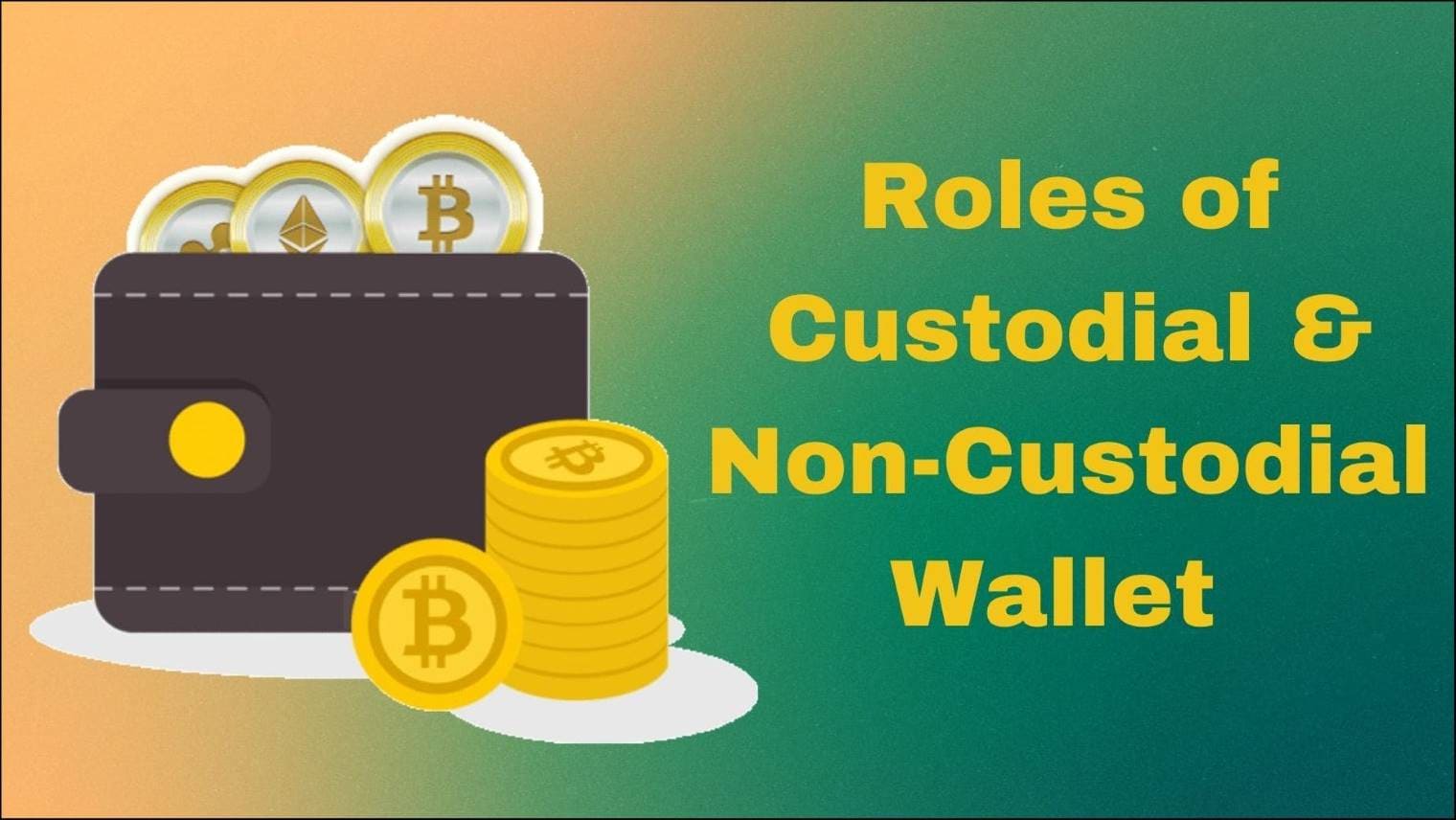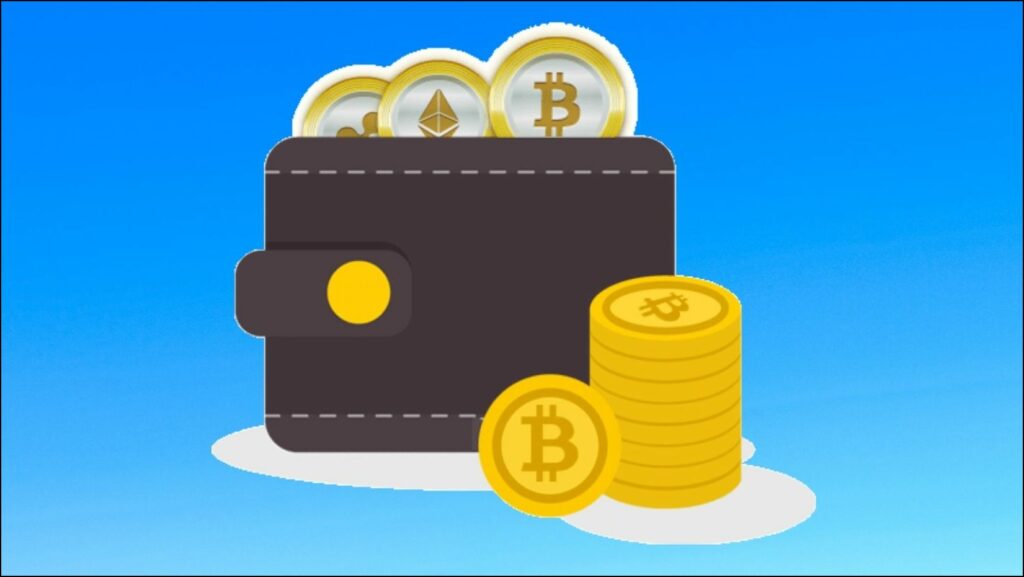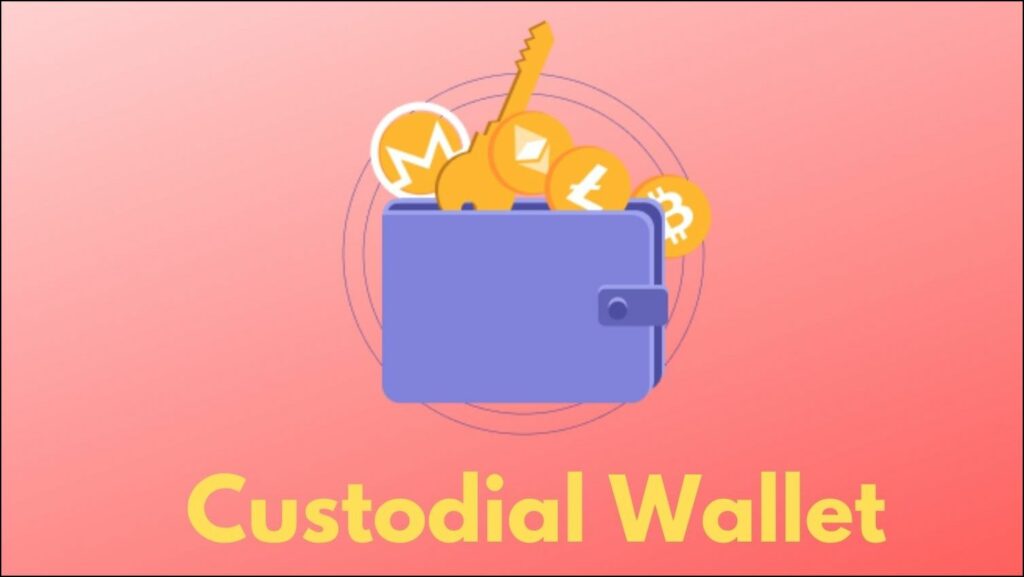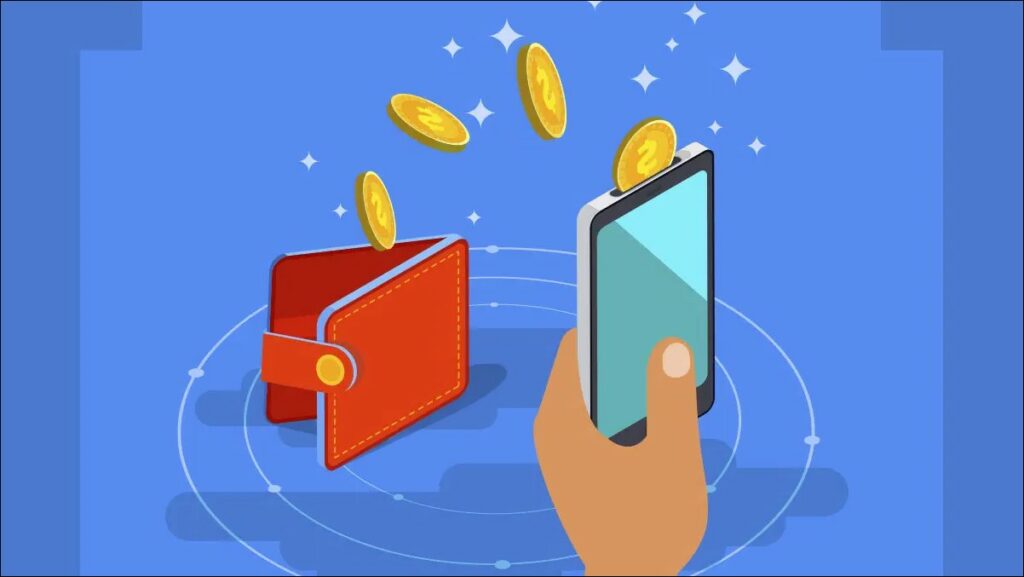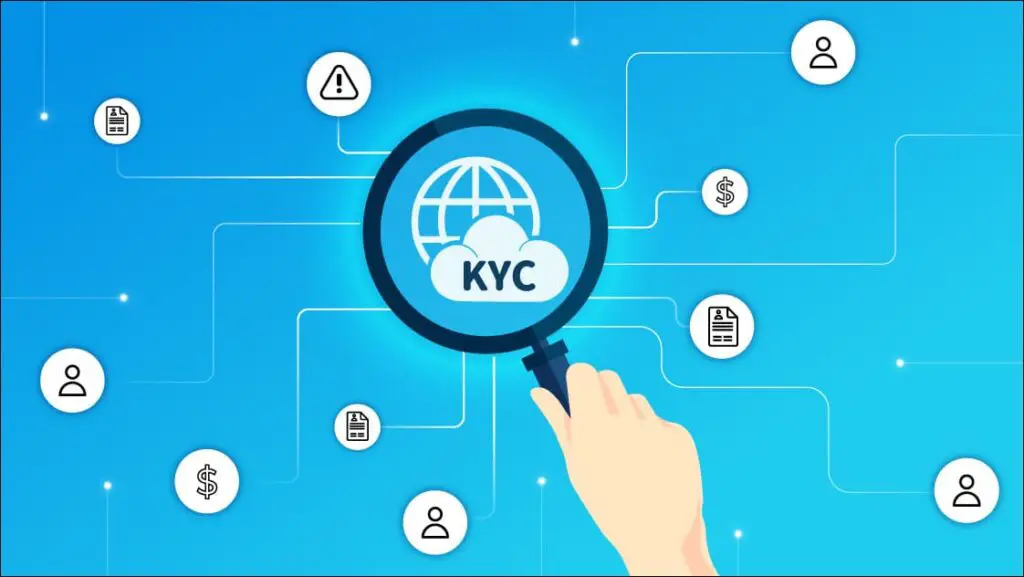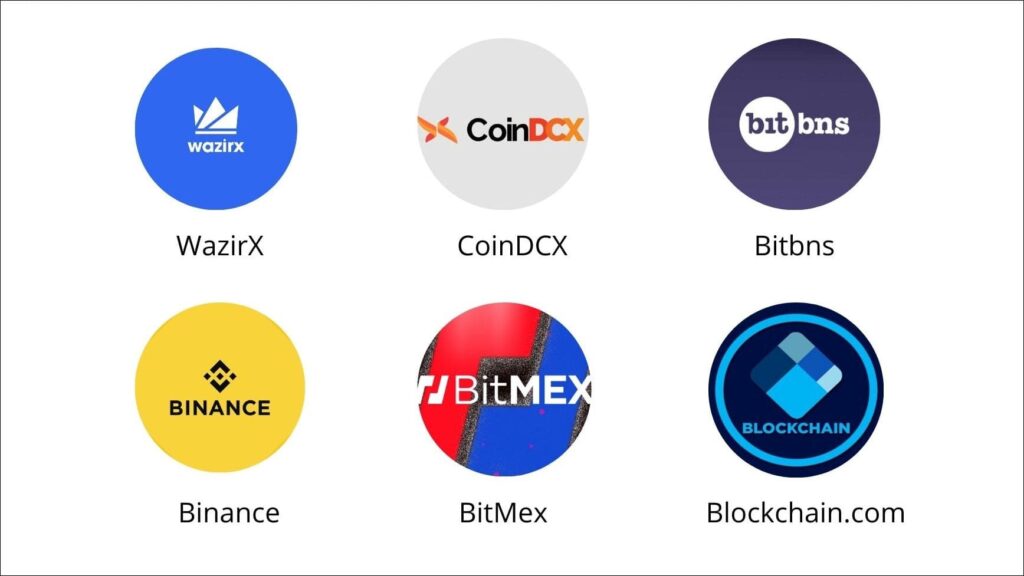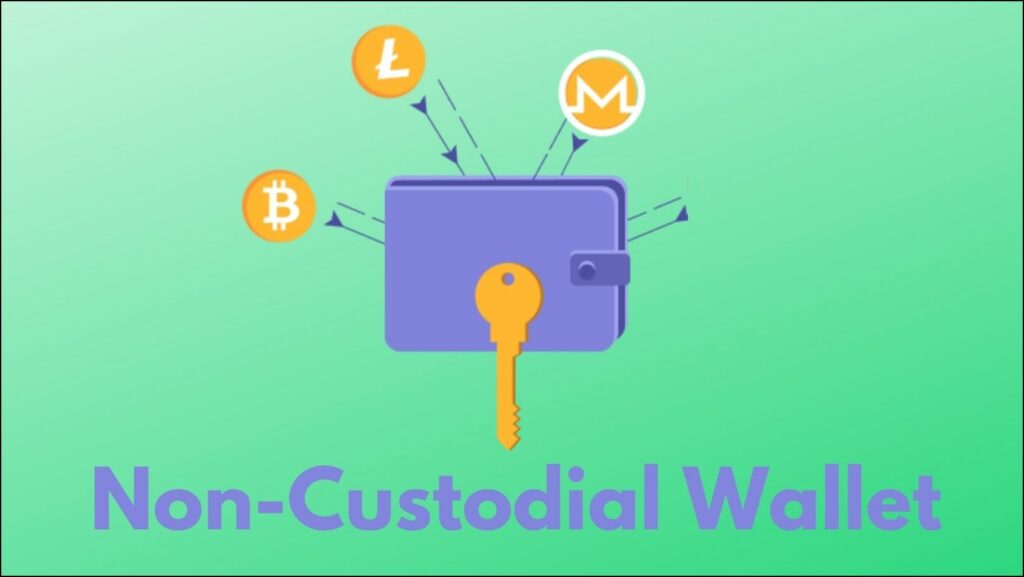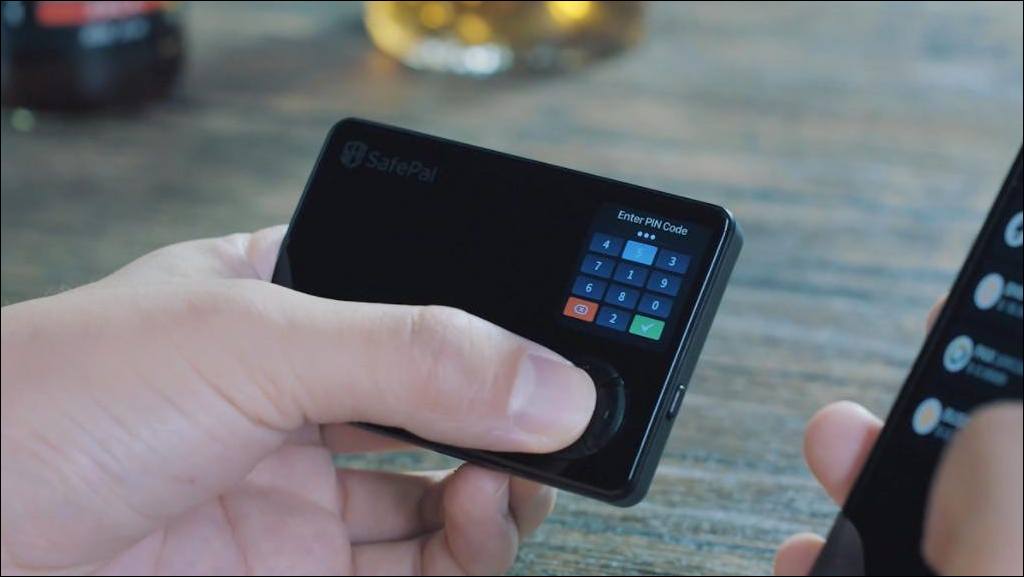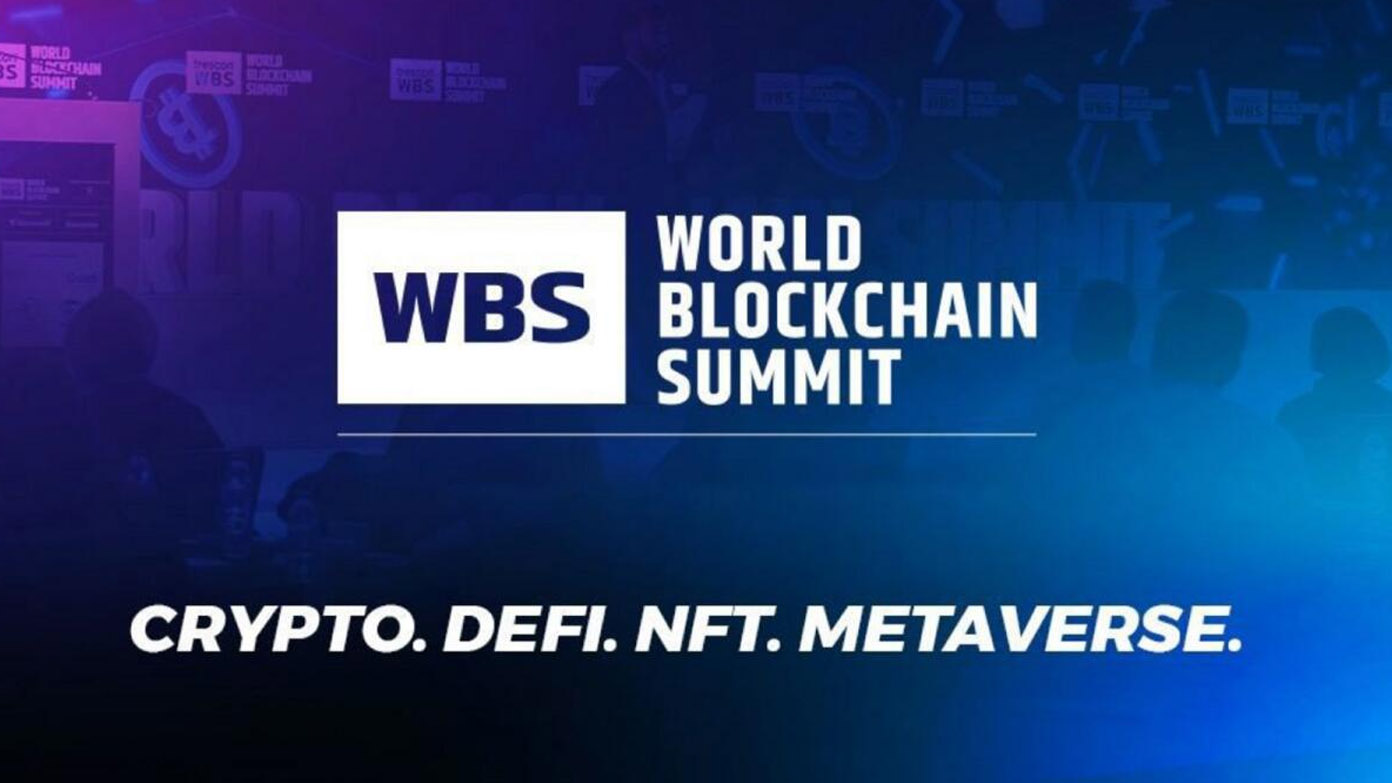Buying Cryptocurrency is just one part of the process, the other one is storing it in a crypto wallet. A crypto wallet will help you securely store your crypto assets, send and receive cryptocurrencies, and interact with Defi apps. So choosing the right wallet is crucial. Currently, there are two main types of crypto wallets, Custodial and Non-Custodial. Both have their own merits and flaws. So in this article, we will help you explain what are Custodial and non-Custodial wallets with examples, their roles, and their differences.
What is a Crypto Wallet, and How Does it Work?
A crypto wallet, as the name suggests, is an online wallet where you can store your cryptocurrencies. They are easy to create, and you have to have one if you want to invest in any crypto assets. They work on a specific blockchain, so cryptocurrencies from other blockchains will not be accepted or stored unless the wallet supports multiple blockchains.
The way a crypto wallet operates is by using two keys. A public key and a private key:
- A public key is your wallet address that can be shared with anyone. Others can use this public key to transfer funds to their wallet.
- A private key is a hidden password to your wallet. It should be kept hidden and not shared with anyone. Your private key will grant you access to your wallet and the funds.
What is a Custodial Wallet?
A custodial wallet, also called a centralized crypto wallet, can be defined as a wallet where private keys are held under the custody of a third party on your behalf. Hence the custodial name wallet. Mainly crypto exchanges offer custodial wallets. They do not ask for any transaction fees and also allow you to transfer funds from the bank, making it ideal for people who are new to cryptocurrency.
Pros of a Custodian Wallet
Ease of Use for New Investors
Custodial wallets are quite welcoming to newcomers in crypto. As you do not have to go through the process of setting up a wallet first. Instead, you can start buying cryptocurrencies right away.
Add funds directly from Bank
Another benefit of a custodian wallet is that you can easily add funds or fiat currency to your wallet from your bank account when you have provided the exchange with your banking details and linked your exchange wallet with your bank account.
Easy Recovery even after losing Private Keys
Since the exchange manages your wallet, you do not have to worry about hiding your private keys. And you get the added benefit of recovering your wallet and your assets if you lose your exchange password. The support team of the exchange will help you retrieve your wallets and your assets.
Cons of a Custodian Wallet
Control of Third-party over your Assets
With the custodial wallet, you do not have access to the private keys of your wallet. So the custodian has the authority to freeze your wallet and the assets within it based on false reports or even if you slightly go against the violation of their terms and service.
Requirement of KYC
To create an account and make any transaction, you must provide your KYC details to the exchange. This may include your identification card, passport, and bank details. This goes completely against the principles of cryptocurrency, which is the anonymity of a user and also allows the third party to keep tabs on your details.
Vulnerability to Security Threats
Custodial wallets are quite vulnerable to security threats and breaches as they hold the details of multiple crypto wallets and the information of their respective users within the same server. So it is recommended that you find a trustable exchange with good security measures if you want to set up a custodial wallet.
Examples of a Custodian Wallet
As we mentioned above, custodian wallets are mostly offered by crypto exchanges. Some popular examples of custodial wallets offered by exchanges are WazirX, CoinDCX, Bitbns, Binance, BitMex, and Blockchain.com
What is a Non-Custodial Wallet?
Non-custodial wallets are held and managed by the user. There is no third party involved and no requirement for any identification details to make transactions. It follows all the principles of cryptocurrency and allows you to interact with DeFi applications on the blockchain. It is a great tool for experienced traders in cryptocurrency who are well aware of the benefits and risks of managing a non-custodial wallet.
Pros of Non-Custodial Wallet
Complete Authority over your Wallet
With a non-custodial wallet, you have ownership of the private keys of your wallet. You are your bank and don’t have to rely upon any other third party for services. You can manage your funds on your own. This is one of the main reasons people prefer to use a non-custodial wallet.
Preserves User Anonymity
When you create a non-custodial crypto wallet, not once will you be asked to submit your details. This keeps the user completely anonymous, with the only identification factor being the public key of the wallet which is used to receive or transfer funds.
Allows Interaction with Dapps
You need a non-custodial wallet to access various decentralized exchanges and decentralized applications on the blockchain. You can easily link your wallet with these apps to enjoy their benefits also play blockchain and metaverse games and receive the rewards you have earned directly within your wallet.
Access your Wallet Offline
Non-custodial wallets can be accessed both online and offline. There are several non-custodial wallets available that you can take with you anywhere and use offline. These are also referred to as Hardware wallets. these also provide better security because offline wallets are not prone to hackers unless they have physical possession of the wallet itself.
Cons of Non-Custodial Wallet
Unretrievable Funds if Key is Lost
In case you end up losing your private keys or forgetting your password, then it is next to impossible to recover your wallet and the funds stored within it. They are as good as gone. Even the wallet provider will not be able to help you recover your wallet and the funds within it.
High Gas fees and Slower Transaction
While making a transaction on a non-custodial wallet, you will have to pay a transaction fee, also called a gas fee. This varies from time to time. But the higher the gas fees, the faster your transaction will get processed. The transaction speed is also quite slow when using a non-custodial wallet compared to a custodial wallet.
Requires an Experienced User
Non-custodial wallets are full of technical terms and jargon. And the interface is not quite easy to get around, making it not friendly for new investors. Plus, the added burden of handling the private keys is why you will require someone aware of certain terms and who knows how the decentralized crypto space works.
Examples of Non-Custodial Wallets
Non-custodial wallets are available online and offline. Offline crypto wallets are called Cold wallets and online crypto wallets are called Hot wallets. Some examples of cold and hot non-custodial wallets are Metamask, Trustwallet, Exodus, Ledger nano X, Trezor One, and Zengo.
Difference between Custodial and Non-Custodial Wallets
Now that we have learned about both custodial and non-custodial wallets in detail, along with their pros and cons, it is time to learn the key differences between them.
Ownership and Responsibility
One of the biggest differentiating factors between the two wallets is who has overall control over the wallet. With the custodial wallet, the wallet provider has private keys and access to the wallet beside the user. The provider can take action over your wallet but also relieve the user of managing their keys.
Non-custodial wallets give sole ownership to the user as the user has the private keys to the wallet, making transactions easier. But at the same time, the user also takes the responsibility of managing and keeping their wallet secure from malicious threats, which can be difficult.
Recovery of Wallet
In case you lose or forget the login credentials of your exchange wallet, you still do not lose your funds in a custodial wallet as the private keys are still available with the exchange, and you can get in contact with the support team of said exchange to gain access to your wallet again.
However, this is not the case with a non-custodial wallet. We discussed that you are the holder of your private keys that allow you to access your wallet, so if somehow you lose it or misplace it, then it is quite impossible to retrieve your funds.
Security and Vulnerability
Custodial wallets put several safeguards to ensure that there can be no threats. Still, given that exchanges often store information related to the wallet in a centralized system that is always online, the threat is always present. Two major exchanges have already suffered such data breaches, and the wallet holders never recovered their funds.
Compared to non-custodial wallets, which you can use offline, it is already more secure than custodial. But the user must keep their hardware wallets and recovery phrase in a safe location and make sure no one gets access.
Privacy and Anonymity of the User
When you set up a custodial wallet, you will be asked to enter your email ID and some personal documentation to prove your identity. Someone completely new to crypto might not feel comfortable providing the such sensitive information to a third party.
One of the crucial elements of non-custodial wallets is that they do not require user information. Some of them don’t even ask for an email ID. This makes the user completely anonymous, with only a wallet address to signify their identity on the blockchain.
Wrapping Up
Both wallets offer something over the other. Most people start using custodial wallets, but as they learn the nuances of the cryptocurrency and decentralized ecosystem, they shift to non-custodial wallets as proven to be the better approach. you get to be your bank, stay anonymous, interact with DEX and Defi and other benefits. But remember to keep your passwords and recovery phrase safe before you embark on your crypto journey.
You can also follow us for instant tech news at Google News or for tips and tricks, smartphones & gadgets reviews, join GadgetsToUse Telegram Group or for the latest review videos subscribe GadgetsToUse Youtube Channel.
